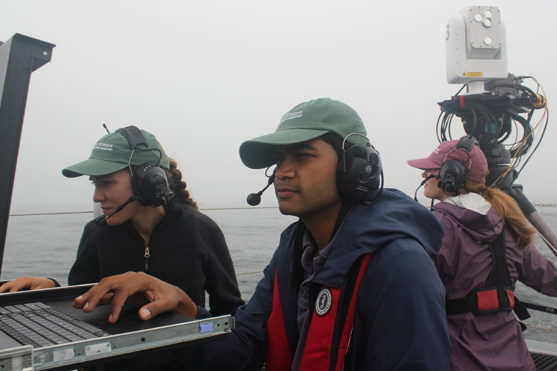
Optical Communications at Sea
We successfully demonstrated a high-bandwidth free-space optical (FSO) communications system between two moving ships, proving operational utility of FSO technology in the maritime environment.
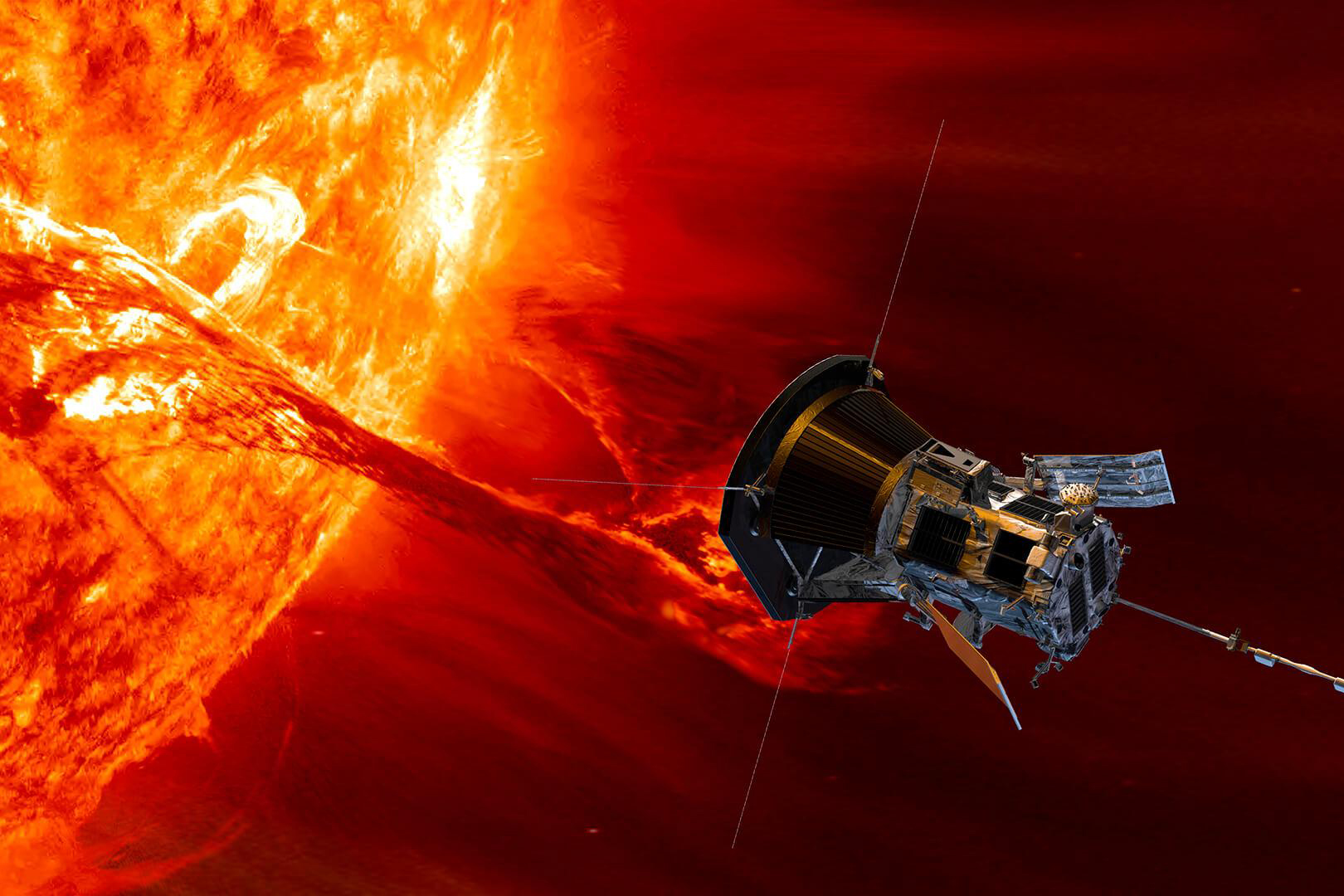
Parker Solar Probe
Parker Solar Probe dives closer to the Sun than humanity has ever ventured to unlock the mysteries of our nearest star.
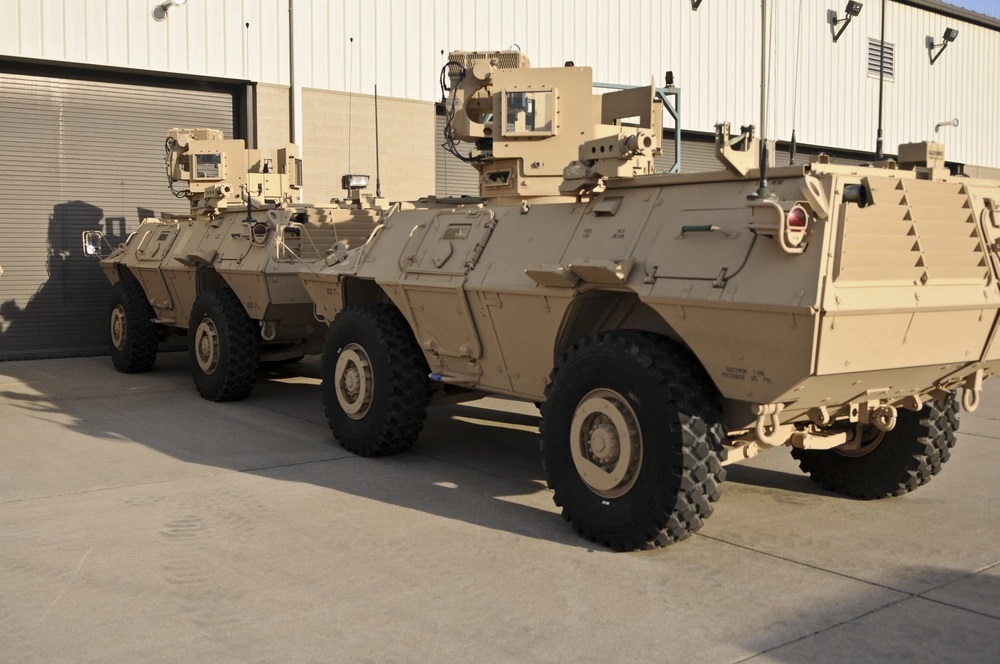
Precision Targeting
Working to ensure that ground forces can rapidly and accurately provide GPS locations of battlefield targets, APL performed design analyses and developed procedures that resulted in the successful testing of the Joint Effects Targeting System (JETS) and improvements to the system’s precision geolocation capability.
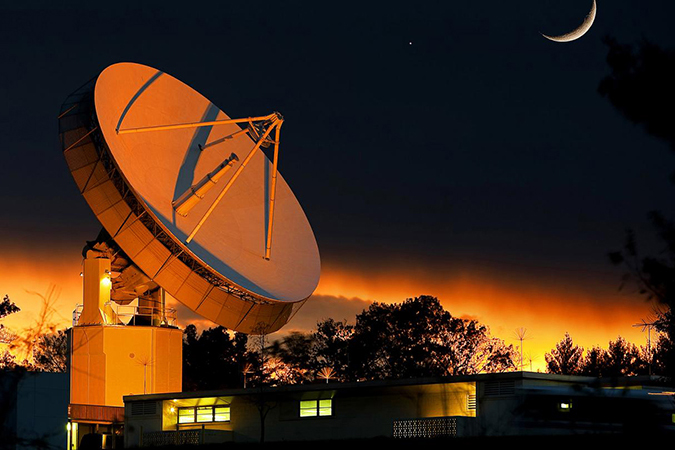
Preventing Traffic Jams in Space
Providing greater situational awareness to enhance safety and security for those who plan to operate in cislunar space and on the Moon.

Rapid Prototyping for Launcher Training
We improved on training aids by rapidly and cost-effectively prototyping an interactive pressurization valve for missile tube launcher training.

Revolutionizing Prosthetics
Revolutionizing Prosthetics is an ambitious multiyear program—funded by the Defense Advanced Research Projects Agency (DARPA)—to create a neurally controlled artificial limb that will restore near-natural motor and sensory capability to upper-extremity amputee patients.

Robust and Resilient Artificial Intelligence
Developing intelligent systems for missions characterized by uncertain and adversarial environments.
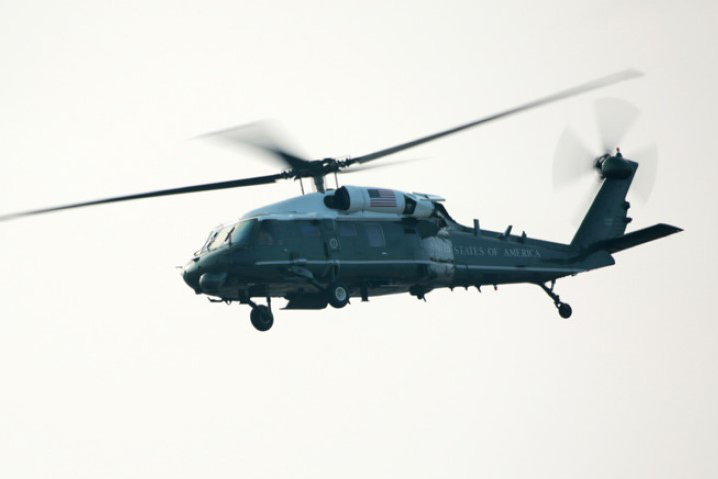
Senior Leader Helicopter Communications
APL is working with the Navy to enhance communications on the senior leader helicopter fleet.
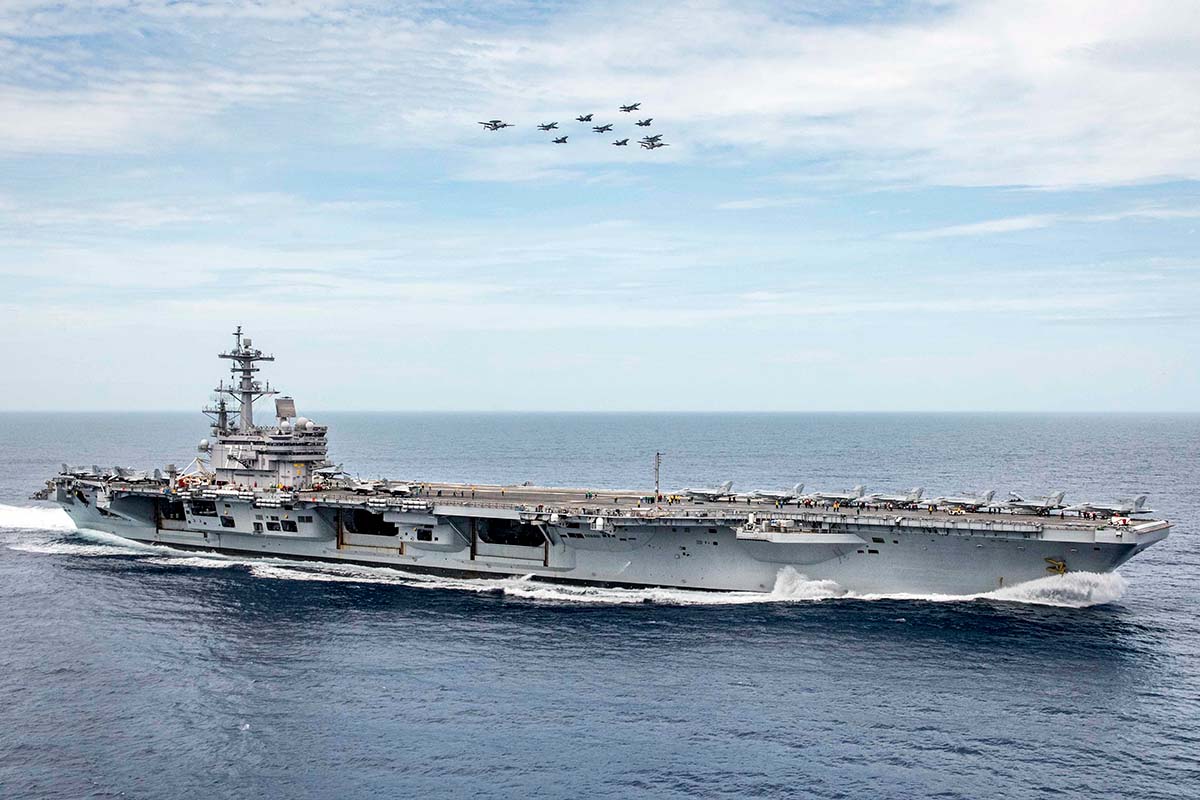
Shaping the Joint Future Operating Environment
On behalf of the chairman of the Joint Chiefs of Staff, APL led development of the Joint Future Operating Environment, which lays the foundation for force development across the services.

Situational Awareness for First Responders
Under the direction of the Department of Homeland Security Science and Technology Directorate, APL partnered with the New York City Police Department’s Emergency Service Unit in April 2017 to field-test and evaluate a commercial Mobile Ad-hoc Networking (MANET) system.

Space Security and Defense
APL provides expertise to the Space Security and Defense program, a joint Department of Defense/Office of the Director of National Intelligence organization focused on creating a more resilient and enduring national security space capability.

Space Weather
APL is a leader in space weather science, observations, and modeling — particularly in understanding the drivers of solar activity, the role Earth’s magnetosphere plays in protecting us, and the response of the upper atmosphere to solar variability.
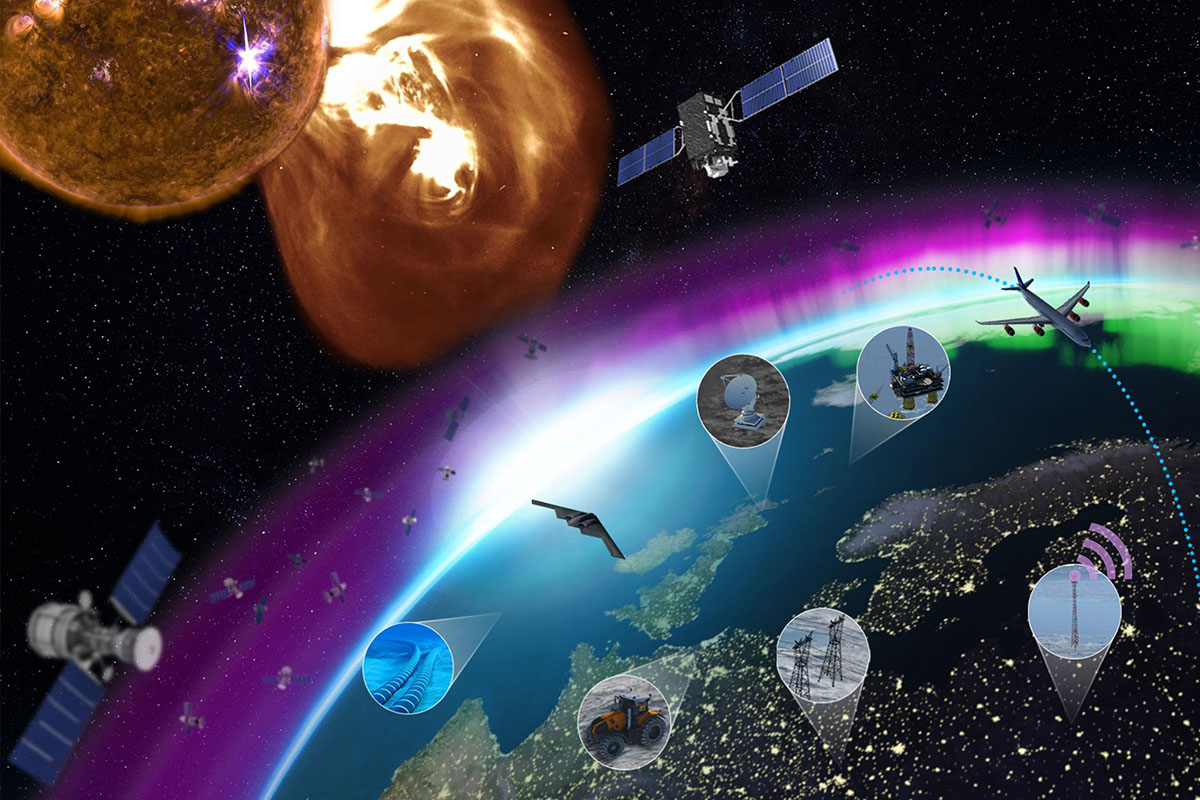
Space Weather Sensors
APL is developing a small, highly capable charged-particle sensor to deliver data that can help Air Force operators assess whether space weather conditions play a role in spacecraft anomalies.
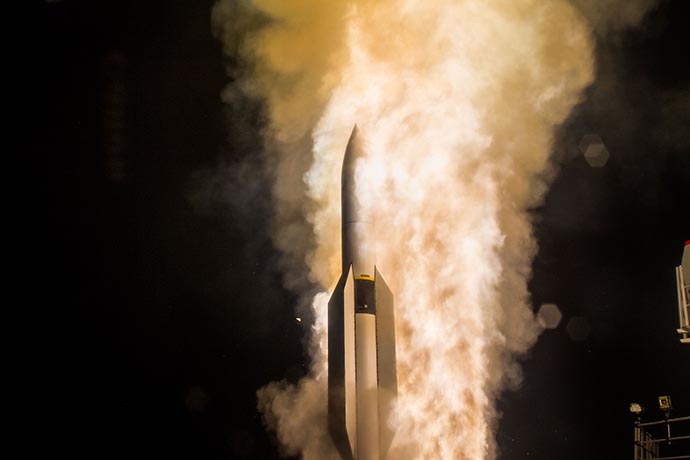
Standard Missile-3: The Next Generation
APL led key “end-to-end” system-level performance analysis in collaboration with the government–industry team for the SM-3 Block IIA missile, cooperatively developed by the United States and Japan.
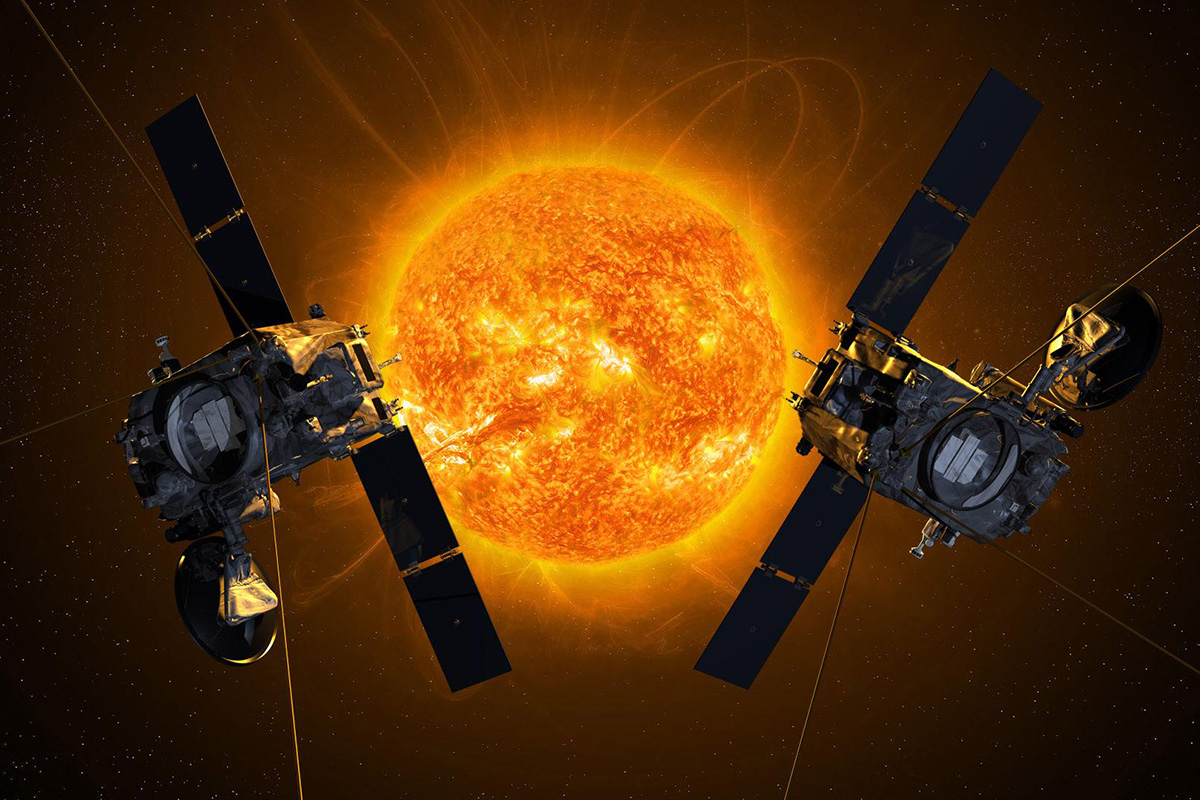
STEREO
The Solar TErrestrial RElations Observatory (STEREO) mission has provided 3D views of the solar corona, coronal mass ejections and the solar wind, and advanced space weather forecasting.